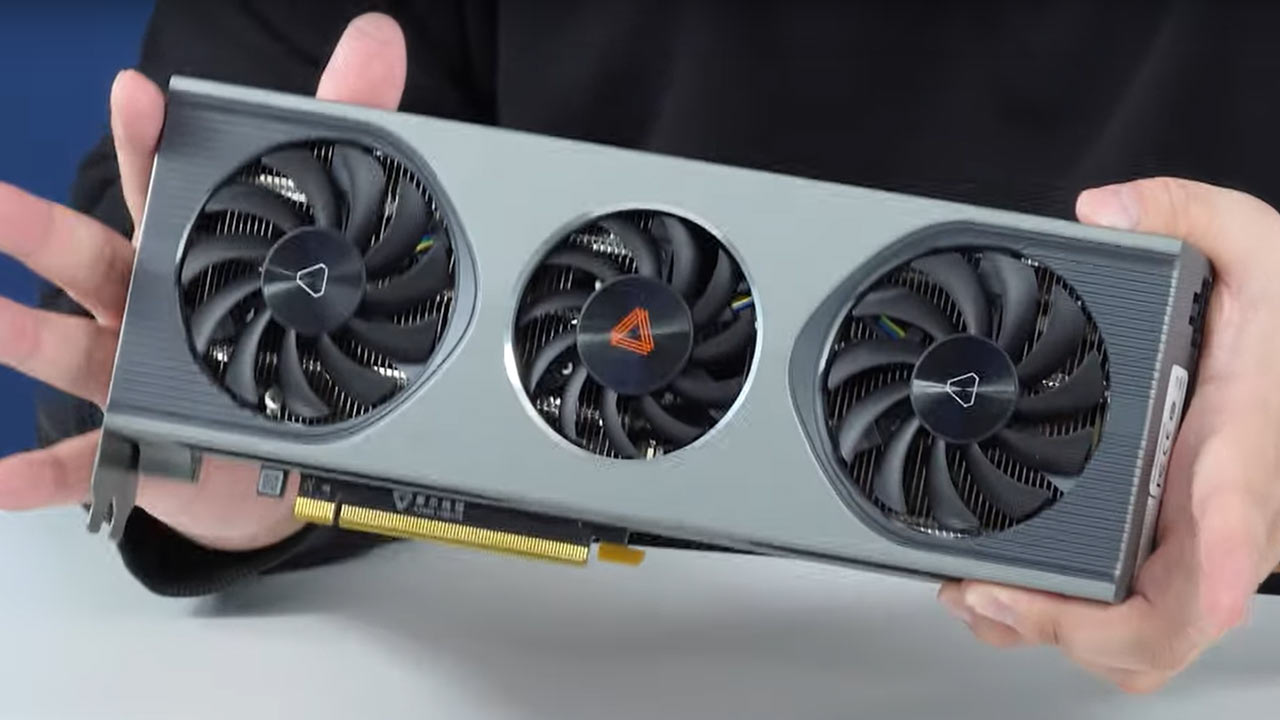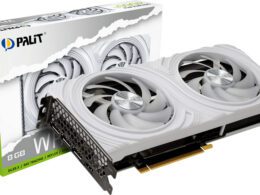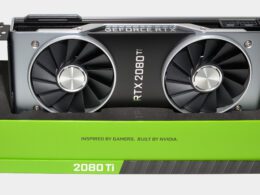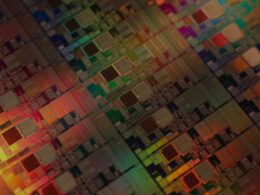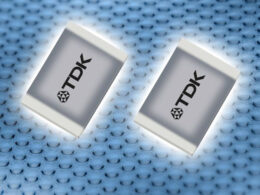Last year, Chinese company Moore Threads created ripples in the gaming world when it launched its line of discrete gaming graphics cards, the MTT S series. Despite featuring some advanced tech like support for PCIe 5.0 interface, which is absent in solutions from AMD, Nvidia, and Intel, their performance has been significantly underwhelming. This was ascertained in recent tests conducted by Computer Base, revealing the core issue with these cards to be their subpar performances, persisting even after a year of their release.
During the past year, Moore Threads significantly optimized the graphic driver for its cards, resulting in up to two times boost in synthetic tests and certain games. Despite these improvements, the Chinese cards still considerably trail behind their nearest competitors. The flagship model MTT S80 even underperforms the inbuilt Radeon 760M graphics with RDNA 3 architecture in the Ryzen 5 8600G processor in gaming tests. This has been revealed through recent tests by German publication ComputerBase, which managed to procure the top model MTT S80 and the newly released entry-level model MTT S30.
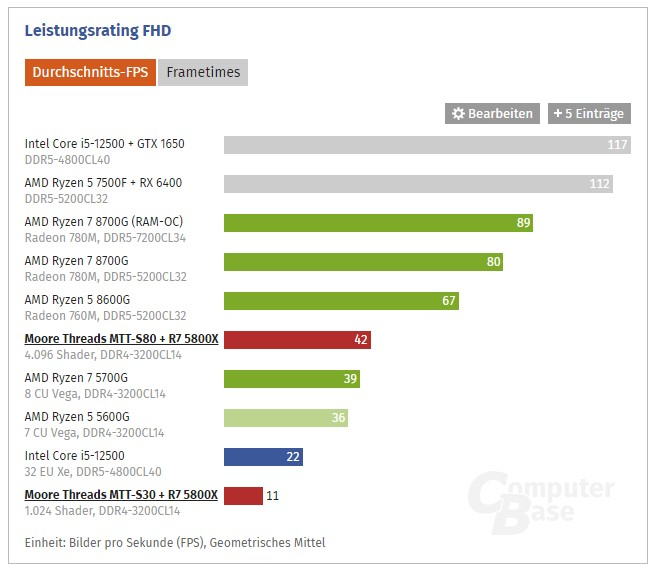
For testing the Chinese cards, ComputerBase chose games Anno 1800, Baldur’s Gate 3, Counter-Strike 2, and DOTA 2. In almost all instances, the MTT S80 was significantly slower than the inbuilt graphics of Ryzen 5 8600G. For instance, in Baldur’s Gate 3, the Chinese card could not even provide a tolerable performance level. The average frame rate stood at 18, in contrast to the Radeon 760M inbuilt graphic in Ryzen 5 8600G, which achieved 32 frames per second.

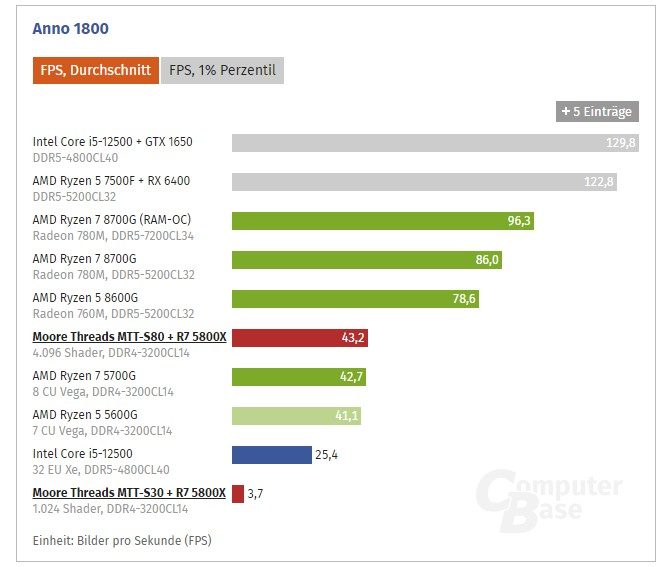
The situation was slightly better in the city-building simulator Anno 1800, where at least the MTT S80 showcased more than 40 frames per second. However, for such a dynamic shooter game Counter-Strike 2, the card’s score of 59.5 FPS will be explicitly low. The only game where MTT S80 surpassed the Ryzen 5 8600G’s inbuilt graphics was DOTA 2, where the Chinese card scored 66.8 frames per second compared to AMD’s solution of 63.6 frames per second.
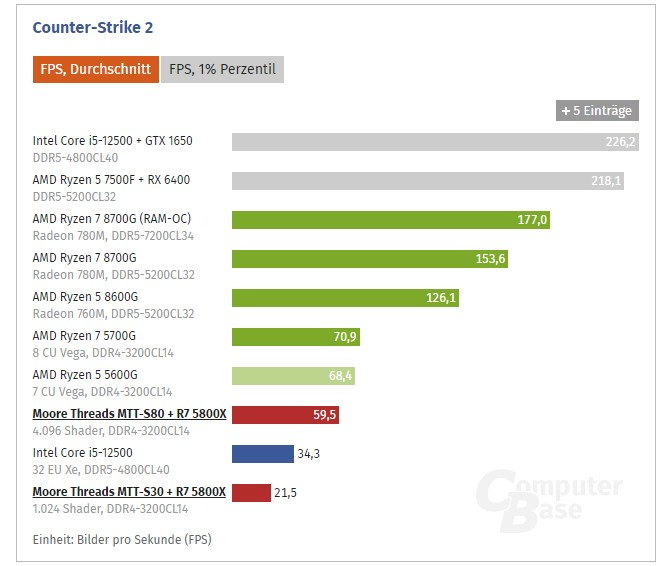
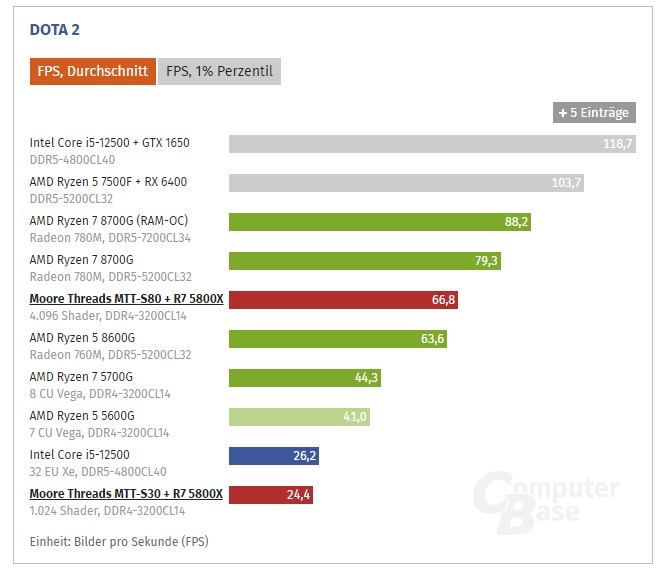
On the other hand, the entry-level MTT S30, equipped with a GPU containing a quarter of the graphics cores of the MTT S80 chip, seems capable of only displaying images, rather than delivering robust performance. This entry-level accelerator proved slower than all its competitors presented in the test, including the inbuilt graphic of the Intel Core i5-12500 processor, which comprises 32 processing units.

The low performance isn’t the only concern for the Chinese graphics cards. The absence of API DirectX 12 compatibility rules out the possibility of running several modern games on these cards.

